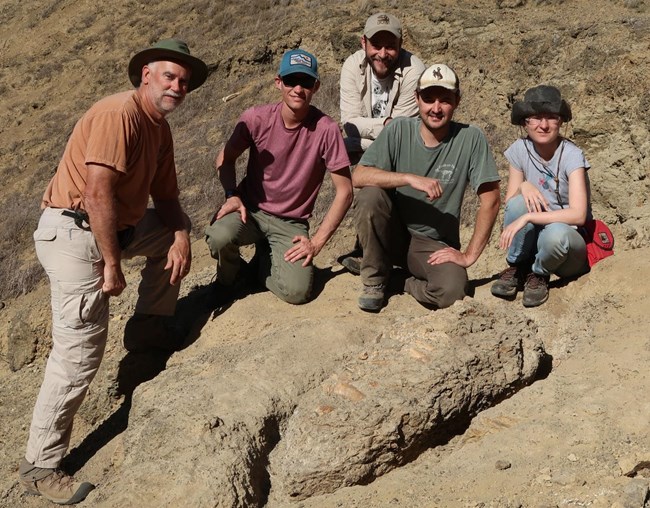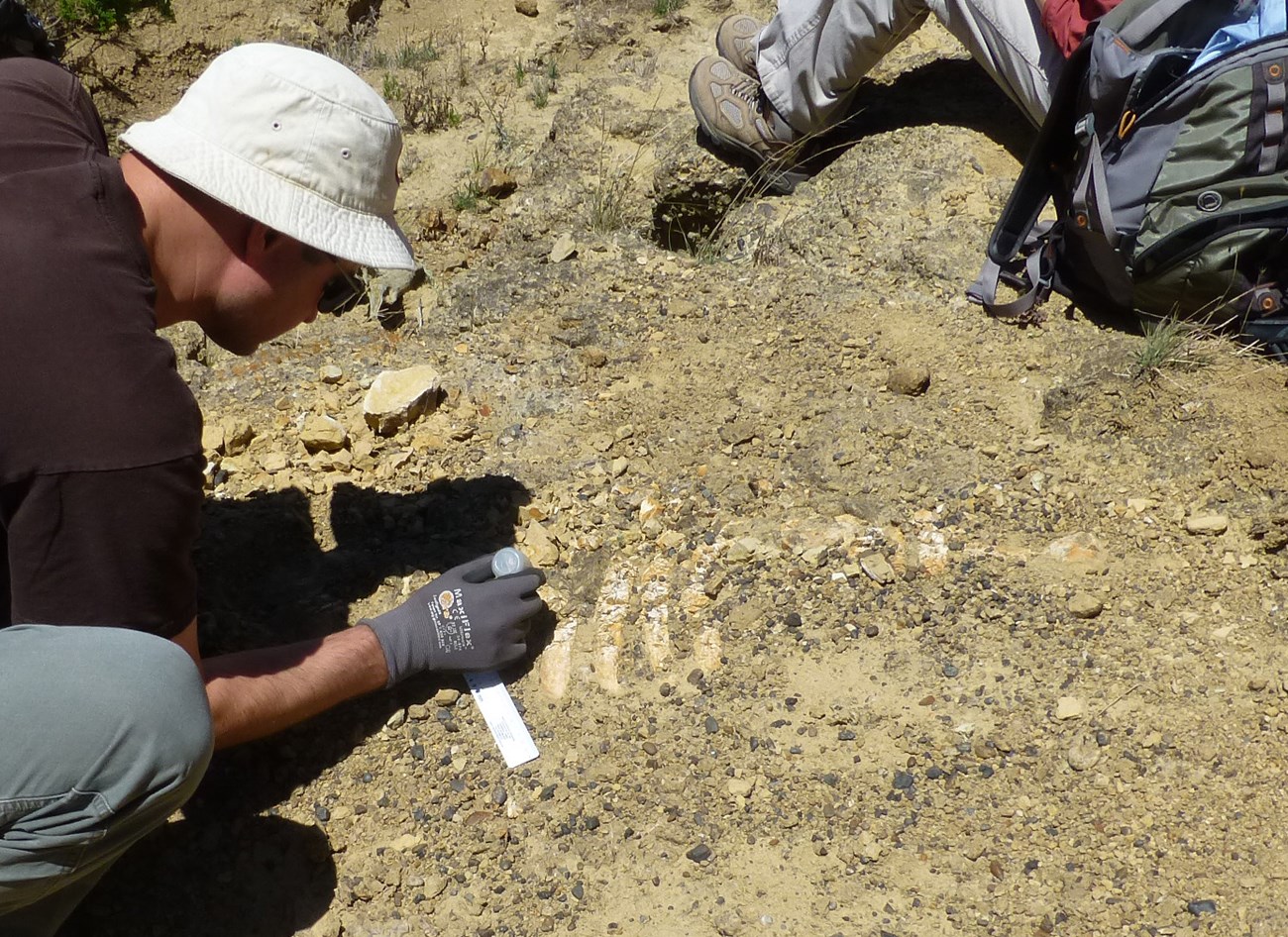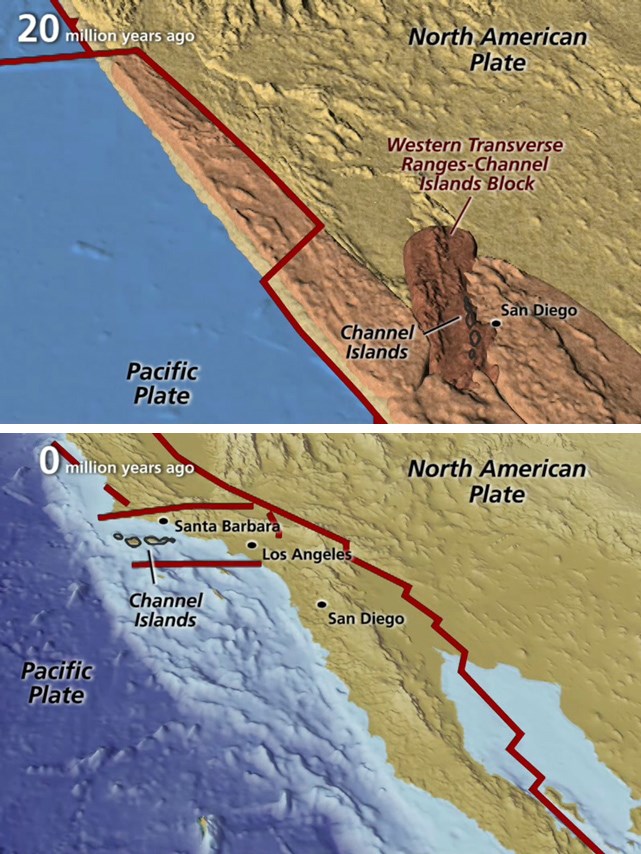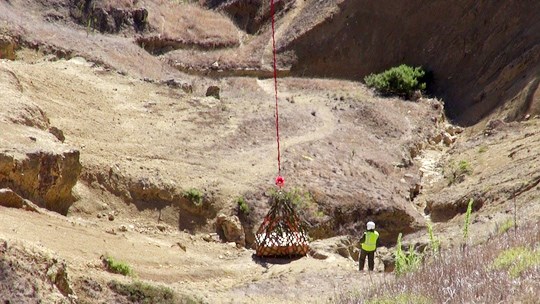Last updated: November 26, 2018
Article
Mountaintop Sea Cows?

Joel Justin
In August 2018, a paleontological crew excavated the first known sea cow fossil skeleton from Channel Islands National Park. The crew of volunteers and researchers was led by Dr. Jonathan Hoffman, the Santa Barbara Museum of Natural History’s Dibblee Collection Manager of Earth Science. Once the excavation on Santa Rosa Island was complete, National Park Service employees built a crate for the specimen that was then airlifted out of a ravine and transported to the mainland on a Park Service boat. The specimen, discovered by Scott Minor and Dr. Kevin Schmidt of the United States Geological Survey, is estimated to be 20 to 25 million years old and is likely a new species.
Sea cows, known to scientists as sirenians, are the only modern marine mammals that are primarily plant-eaters. Modern sirenians include manatees and dugongs, which live in different parts of the world. Today there are 3 species of manatees that inhabit the Atlantic coastlines of North America, South America, and Africa as well as rivers in South America. Modern dugongs are represented by just one species that is found in the coastal waters of the Pacific and Indian Oceans: the northern coast of Australia, throughout Indonesia, the western coast of India, and the eastern coast of Africa. The dugong is the closest modern relative to the Santa Rosa Island sirenian.

NPS
Like whales and dolphins, the evolutionary history of sirenians began with a terrestrial ancestor and a transition to an aquatic lifestyle. The transition required numerous adaptations, including thick skin with negative buoyancy and thick, dense bones. These adaptations weigh down sirenians while they feed on sea grasses on shallow sea floors, offsetting the buoyancy of gas in the lungs and digestive tract.

Bottom: Modern plate boundaries and edges of the rotated Western Transverse Ranges-Channel Islands Block (red lines).
NPS
The Santa Rosa Island sirenian is important because it represents a time period and location that is not well-represented in the sirenian fossil record. The animal actually lived and died in coastal waters near modern-day San Diego. The remains were buried in coastal sediments and fossilized while those sediments were subsequently buried and became rock.
Around 20 million years ago, the sirenian rocks were part of a large block of continental crust that broke off the North American Plate and rotated while being pulled northwest by the Pacific Plate. Around 5 million years ago, Baja California also broke off the North American Plate and rode northwest with the Pacific Plate. This caused compression between Baja California and southern California, uplifting the sirenian-bearing block to form the Channel Islands and Transverse Mountain Ranges. Not only did these tectonic forces result in the unique East-West trending part of the California coastline, but also the presence of a San Diego sirenian on an island mountain off the coast of Santa Barbara.

NPS
Scientists from multiple research institutions and government agencies are currently studying the sirenian and other fossils from the site. Their goals are to refine the age of the rocks, learn more about the evolutionary history of sirenians, and better understand the environment and ecology of an ancient world.
Prepared by the Southern California Research Learning Center, November 2018.
